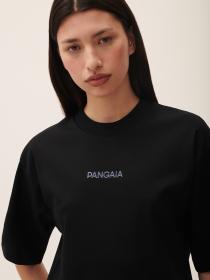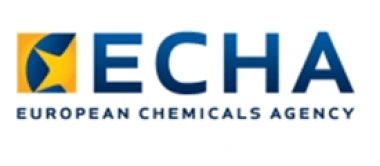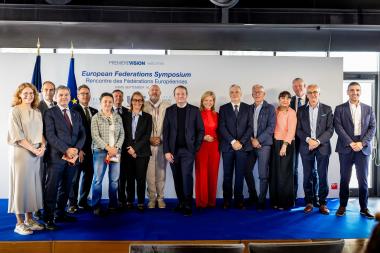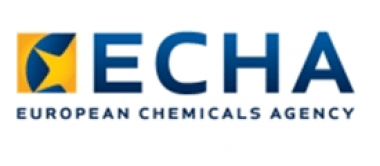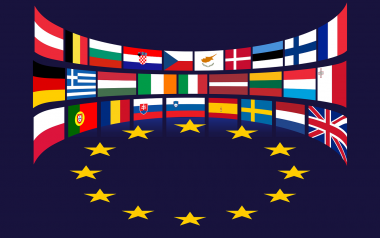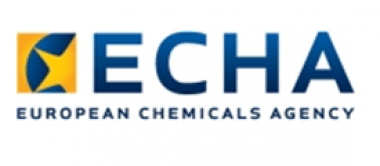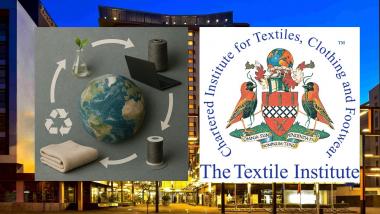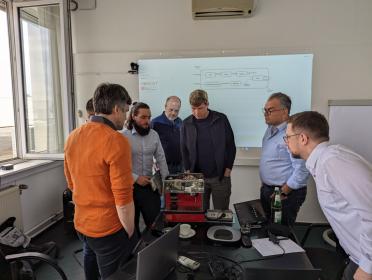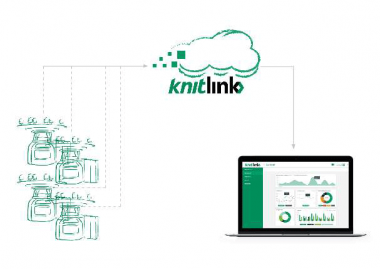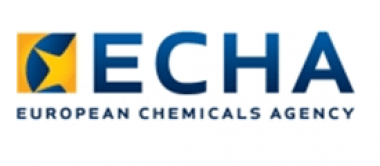TEX 4.0: Industry 4.0 skills for small and medium-sized textile companies
The EU project TEX 4.0 is an innovative initiative that aims to revolutionize vocational education and training in the textile industry. The focus was on developing a tailor-made curriculum that takes into account the specific needs of trainers and learners in the field of new technologies. This curriculum provides important tools to help learners acquire digital skills. In addition, the project offers a comprehensive and innovative training package focusing on Industry 4.0 skills to optimally prepare learners for the technological requirements of the modern working world.
TEX4.0 provides engaging and attractive training materials to make the textile industry more appealing to younger generations. A key objective of the project is to promote active engagement and the use of participatory approaches in vocational education and training to ensure a more interactive and effective learning experience. Through these efforts, TEX4.0 aims to set a new standard in vocational education and training, making it more relevant, attractive, and effective in order to prepare learners for the challenges and opportunities of the digital age in the textile industry.
The project, which began on November 1, 2023, will end on October 31, 2025. The six partners from Greece (KAINOTOMIA), France (IDL – Institut de la Mode), Romania (UPB-CAMIS), Belgium (CAMARABELUX – Chamber of Commerce Belgium-Luxembourg), Italy (Lottozero Textillabore), and Germany (TU Dresden) worked together for two years as part of the EU-co-funded Erasmus+ project TEX 4.0.
The TEX4.0 training suite comprises three different areas:
- E-learning platform with 12 modules on new technologies in the textile industry for vocational training students;
- Trainer's Corner with modules in PPT format and quiz questions for self-assessment in raw format, aimed at vocational training instructors and stakeholders in the textile industry;
- Textile4all area with 18 case studies on the various areas of application of Industry 4.0 technologies in the textile industry, aimed at all target groups. Six case studies were developed using augmented reality (AR) technology to make them more attractive to learners.
The TUD carried out the national pilot activities in Germany at the Institute for Textile Machinery and High Performance Materials Technology. The aim of these activities was to present the TEX 4.0 project and the developed learning platform to textile trainers and learners. Over 40 participants took part in the pilot trials, including highly qualified lecturers from the textile sector, experts from the textile industry, and future learners. The pilot tests in Germany successfully confirmed the relevance and quality of the TEX 4.0 project and developed the training suite. Participants rated the project positively for improving the digital skills of both learners and trainers and promoting innovation and new technologies in the textile industry.
All learning materials developed are freely accessible on an online platform, so that everyone—from vocational students and teachers to small business owners—can explore the materials, earn certificates of completion, and apply new skills directly in their professional practice.




















